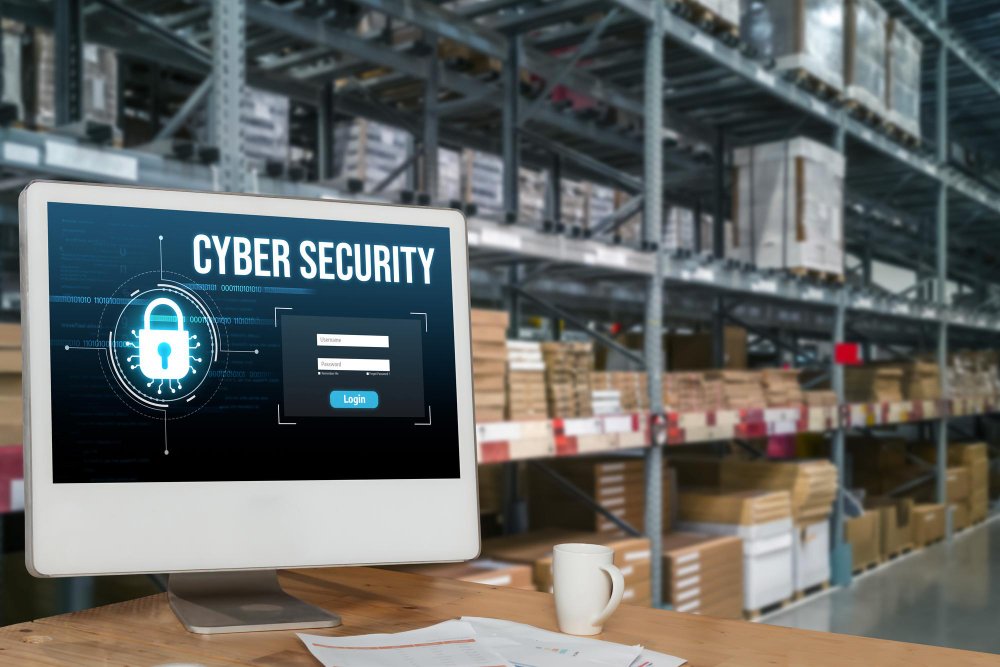Cybersecurity in the Supply Chain: Best Practices for Risk Management
How do you effectively protect your supply chain from cyber-attacks? Inadequate protection in one part of the chain can jeopardize operations and your company’s reputation. What measures must be implemented to ensure your supply chain is resilient against increasingly sophisticated threats? This article provides proven practices to minimize risks and ensure the security of your operations.
What Does Cybersecurity in the Supply Chain Mean?
Cybersecurity in the supply chain (Cyber Supply Chain Risk Management—C-SCRM) focuses on identifying, assessing, and managing risks associated with using third-party components, software, and services. This encompasses all stages—from design and production to distribution and maintenance. Vulnerabilities can be introduced at any point in these processes, potentially leading to attacks involving malware, malicious software, or substandard products.
Cybersecurity and supply chain risks are often complex, as vulnerabilities can be hidden deep within the subcontractor network. For example, a weak link in one of your software suppliers can jeopardize the entire system’s security.
Examples of Supply Chain Threats:
- Software Breaches: Attacks on software used for logistics management—such as systems for data recording and tracking, truck loading software, or container loading optimization software—can lead to severe delays or operational disruptions.
- Third-Party Suppliers: A supplier with weak cybersecurity measures can become an easy target for attackers, potentially compromising the entire network.
- Software Vulnerabilities: Outdated or unprotected software may have security gaps that attackers can exploit.
One of the most well-known supply chain attacks is the SolarWinds case from 2020, in which attackers compromised software used by thousands of businesses and government agencies worldwide. This attack demonstrated how critical it is to ensure security in the supply chain.
The Importance of Cybersecurity in the Supply Chain
Cyberattacks on supply chains can have far-reaching impacts, affecting not only the specific business but also its partners and customers. Given the increasing threats, such as ransomware attacks and vulnerabilities in software systems, it is crucial to focus on risk management in cybersecurity for the supply chain. Effective risk management allows organizations to minimize the effects of potential cyber threats.
Major Threats in Supply Chain Cybersecurity
Several key threats expose supply chains to risk. Identifying these threats is the first step toward effective cybersecurity risk management in the supply chain.
- Third-Party Attacks: Suppliers and subcontractors are common targets as they may have less stringent security measures than the primary organization.
- Data Breaches: As the amount of shared information between suppliers increases, so does the risk of sensitive information leaks.
- Phishing Attacks: Attackers use fake emails or websites to obtain login credentials and gain access to systems.
- Malware includes installing harmful programs that can damage systems or steal data.
- Inadequate Supplier Management: Insufficient control and monitoring of supplier security measures lead to greater vulnerability.
Best Practices for Risk Management
Managing risks in the cybersecurity supply chain requires several key measures that companies should implement:
- Thorough Supplier Evaluation: Every new supplier should undergo a comprehensive cybersecurity audit. Companies should assess not only the capabilities of the supplier but also those of its subcontractors. This evaluation should include technical capabilities and implemented security practices (e.g., data encryption and access control).
- Employee Training: Companies must ensure that all employees working with suppliers are well-trained in cybersecurity principles. Cyber threats can also stem from unintentional human errors.
- Regular Audits and Monitoring: Implement regular checks and audits of suppliers and their software. Modern risk management software can track the status of security measures and potential threats, such as data breaches or unauthorized access.
- Transparent Communication: Companies must maintain open and transparent communication with suppliers. This includes promptly reporting any cybersecurity threats that could impact the entire supply chain.
Technologies for Supporting Cybersecurity in the Supply Chain
Utilizing advanced technologies can significantly enhance the protection of the supply chain. Some of these technologies include:
- Truck and Container Loading Software: Specialized software for loading can help automate processes, monitor cargo movement, and identify potential threats in real-time. This type of software also facilitates easier tracking and management of the physical security of goods, which is crucial for overall cybersecurity.
- Cloud Services and Security Tools: Cloud platforms enable secure data sharing between suppliers. Modern cloud systems come equipped with encryption and monitoring tools that protect data during transmission and at rest.
- Data Encryption: Implementing encryption methods for data transfer between different parts of the supply chain is a fundamental measure. Encryption ensures that even if data is stolen, it remains unreadable to attackers.
Choose a Trusted Partner
Ensuring cybersecurity in the supply chain is now essential for any business looking to protect its systems and data from ever-evolving threats. It’s important to implement internal security measures and carefully select reliable partners and suppliers with strong security standards. Partnering with a vetted and trustworthy supplier who understands the importance of cybersecurity can significantly reduce the risk of attacks and protect the entire supply chain.
If you want to minimize risks and secure better protection, consider collaborating with a cybersecurity professional.

















